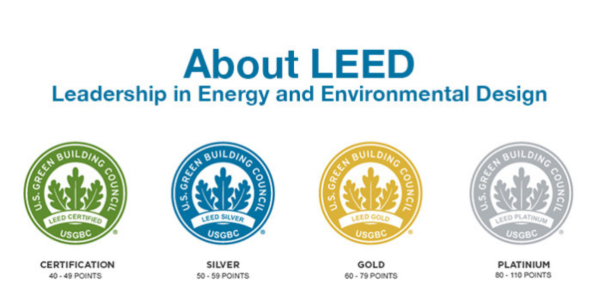In an era marked by environmental consciousness and the pursuit of sustainability, the construction industry is experiencing a paradigm shift towards green home design and construction. This shift is not just a trend but a reflection of our collective responsibility to reduce our carbon footprint and preserve the planet for future generations. Green home design and construction represent a holistic approach that considers the entire lifecycle of a building, from its inception to its operation and eventual demolition or renovation.
Key Concepts in Green Home Design and Construction:
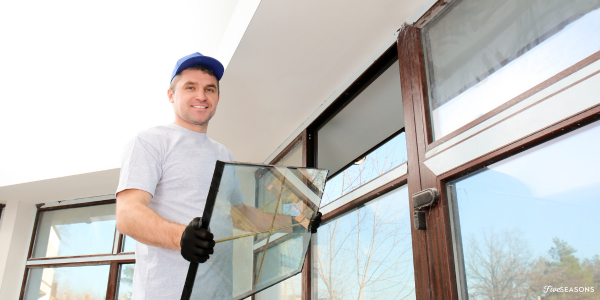
1. Passive Solar Design
Passive solar design is an essential aspect of green home construction. It involves utilizing the sun's energy to heat and cool a home naturally. Key features of passive solar design include strategically placed windows, thermal mass materials, and proper insulation. By harnessing the sun's energy, homeowners can significantly reduce their reliance on conventional heating and cooling systems, leading to energy savings and reduced greenhouse gas emissions.
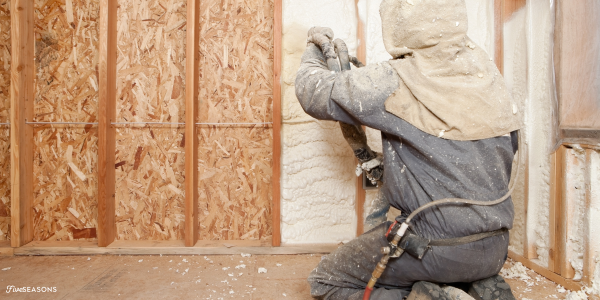
2. Energy-Efficient Insulation
One of the critical elements in green home construction is energy-efficient insulation. Proper insulation helps maintain a consistent indoor temperature, reducing the need for heating and cooling. Options like spray foam insulation, cellulose insulation, and double-glazed windows enhance energy efficiency and reduce energy consumption.
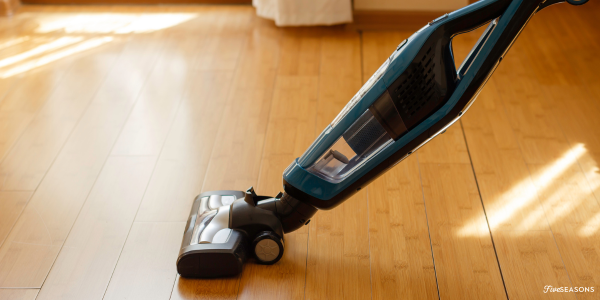
3. Sustainable Flooring Materials
Choosing sustainable flooring materials is another vital consideration in green home design. Materials like bamboo, cork, reclaimed wood, and recycled glass tiles are eco-friendly alternatives to traditional hardwood and carpeting. These materials are not only environmentally responsible but also offer aesthetic appeal and durability.

4. Water-Saving Fixtures
Conserving water is a crucial aspect of green home design. Installing water-saving fixtures such as low-flow toilets, efficient faucets, and rainwater harvesting systems can significantly reduce water consumption. This not only benefits the environment but also leads to lower water bills for homeowners.
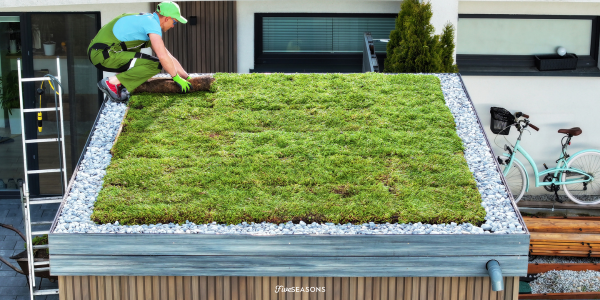
5. Green Roofing Solutions
Green roofing solutions, such as green roofs and cool roofs, contribute to sustainability in multiple ways. Green roofs provide natural insulation, reduce stormwater runoff, and enhance biodiversity in urban areas. Cool roofs reflect sunlight, reducing heat absorption and cooling the building naturally, which is especially important in hot climates.
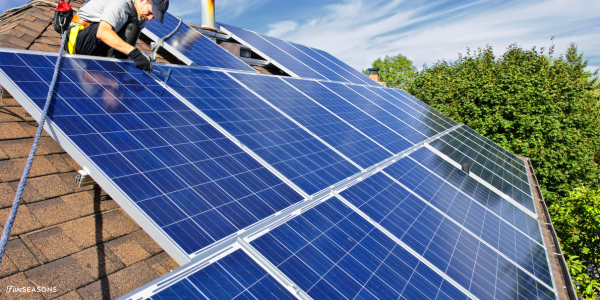
6. Renewable Energy Systems
To further reduce their environmental impact, homeowners can invest in renewable energy systems like solar panels or wind turbines. These systems generate clean energy, reduce dependence on fossil fuels, and can even lead to energy surplus, potentially allowing homeowners to sell excess energy back to the grid.
Green Certification Programs:
U.S. Green Building Council (USGBC)
LEED (Leadership in Energy and Environmental Design):
LEED is a widely recognized green building certification program that assesses the sustainability of buildings across various categories, including energy efficiency, water conservation, materials selection, and indoor air quality. Achieving LEED certification not only demonstrates a commitment to sustainability but also adds value to a home.
Finding Green Building Professionals:
Engaging professionals with expertise in green home design and construction is crucial to realizing the full potential of sustainable building practices. To find such experts, homeowners can explore local directories, review past projects, and seek recommendations from organizations like the U.S. Green Building Council.
Green home design and construction have become indispensable practices in our quest for a more sustainable future. By incorporating passive solar design, energy-efficient insulation, sustainable flooring materials, water-saving fixtures, green roofing solutions, and renewable energy systems, homeowners and builders can reduce their environmental impact while enjoying long-term benefits such as lower utility bills and improved indoor comfort. Certification programs like LEED provide an essential framework for evaluating and enhancing the sustainability of homes. As we move forward, it is crucial to embrace these eco-friendly practices and collaborate with experienced professionals to create homes that are not just shelters but also responsible stewards of our planet.


